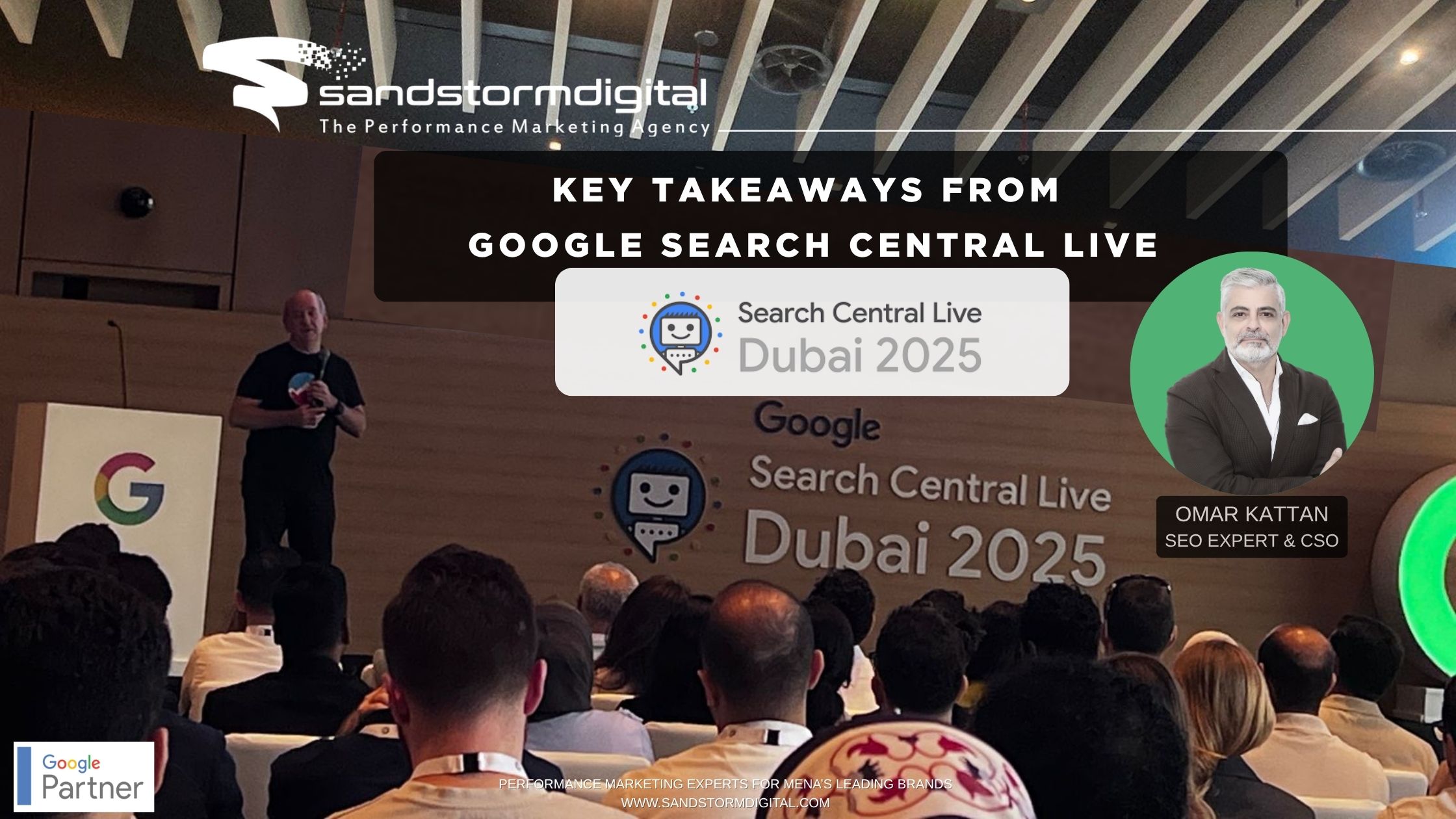Using the nosnippet tag in your HTML code is indeed a useful solution to control the content that appears in Google search results. It’s important for businesses, especially in the banking sector, to have accurate and compelling meta descriptions to improve click-through rates (CTR) and drive more traffic to their websites.
One of our banking clients had an issue with the wrong meta descriptions showing up in Google, leading to low CTRs.
The solution? Google’s nosnippet tag!
By using this tag in your HTML code, you can control what content appears in Google search results, ensuring accurate and enticing snippets.
Just add <meta name=”googlebot” content=”nosnippet”> within the <head> section of your webpage.
Example:
<!DOCTYPE html> <html> <head> <title>Your Page Title</title> <meta name=”description” content=”Your accurate and compelling meta description here.”> <meta name=”googlebot” content=”nosnippet”> </head> <body> <!– Your webpage content goes here –> </body> </html>

This simple step can boost your Click-Through Rates (CTR) and drive more traffic to your website.
By adding <meta name=”googlebot” content=”nosnippet”> within the <head> section of your webpage, you are instructing Google not to display a snippet for your page in the search results. This can be particularly helpful when you want to control the messaging and ensure that users see the most relevant and enticing information when they come across your page on Google.
However, it’s worth noting that while the nosnippet tag can be effective, it may not guarantee that Google will always follow this directive. Google may still choose to display a snippet based on its algorithms and other factors. Therefore, it’s always a good practice to regularly monitor and update your meta descriptions to ensure they accurately reflect the content of your pages.
Additionally, it’s recommended to stay informed about any changes in Google’s guidelines and algorithms to adapt your SEO strategies accordingly.
The data-nosnippet attribute serves as a mere suggestion to search engines, without mandating compliance. Although search engines are not obligated to adhere to it, the majority of major search engines, including Google, do acknowledge and respect the data-nosnippet attribute.
Consider utilizing the data nosnippet attribute in the following scenarios:
- To block your phone number or email address from being displayed in search results.
- To prevent the visibility of login forms or other sensitive information in search results.
- To avert the occurrence of duplicate product descriptions in search results.
- To inhibit the display of script-generated text in SERP.
- To block irrelevant text, such as copyright notices or navigation bars, from appearing in SERP.
When uncertain about whether to employ the data-nosnippet attribute, exercising caution and opting for its use is recommended. While data-nosnippet doesn’t directly impact a page’s ranking, it influences how the content is presented in SERP, which can affect user behavior and, by extension, SEO.
It’s essential to use the attribute wisely and test its impact to ensure it serves your goals.










